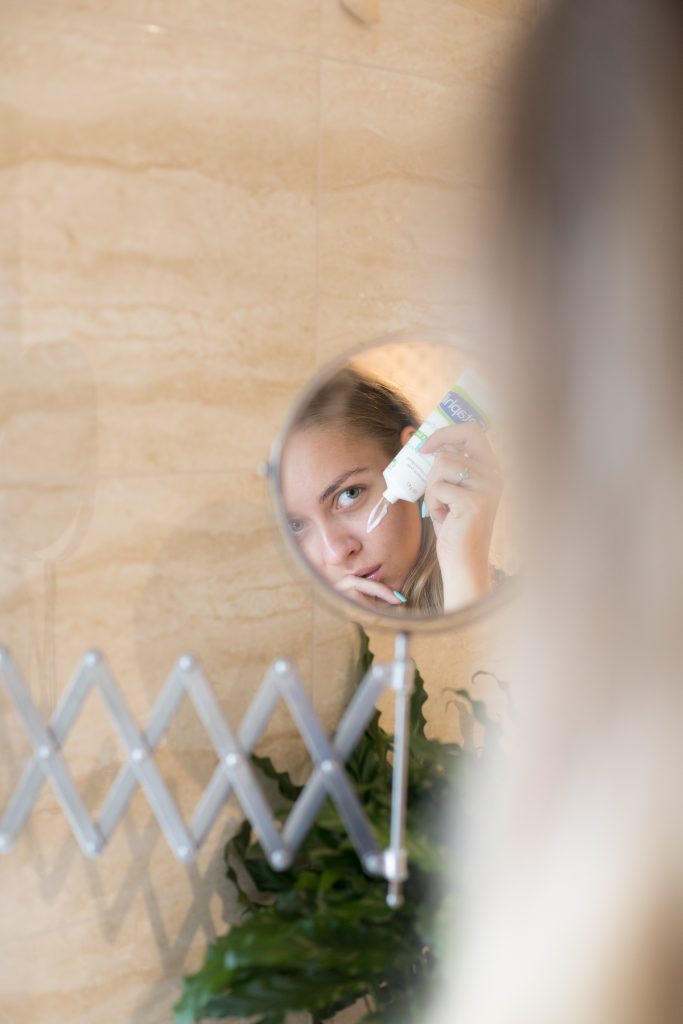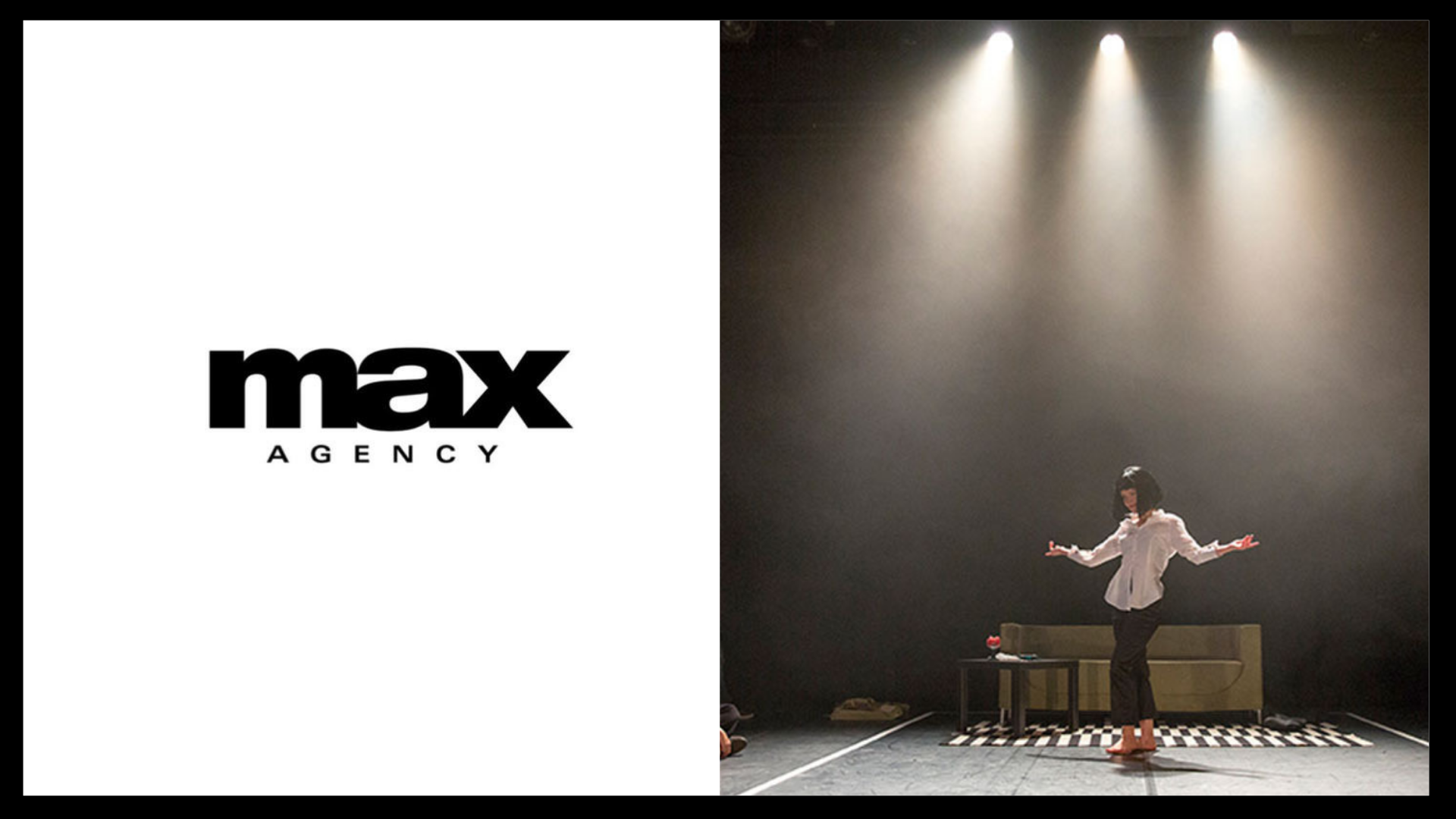As an actor, body language plays a crucial role in your overall success in auditions, roleplay and performance. Mastering your nonverbal communication can set you apart from the sea of competition and give you an advantage with:
- Directors
- Casting agents
- Choreographers
- Influential industry experts
Do you want the part? To nail every audition and interview, you must use the right set of tools and techniques. Follow our eight body language acting tips to showcase your natural talents, level-up your communication mastery and become the most memorable person in the room.
Before we dive in, let’s see how you currently use body language and nonverbal communication. Here are a few questions to ask yourself:
- How do I prepare my body and voice before an audition?
- What facial expressions do I make in the audition room when I’m not performing?
- How does my voice inflect when I introduce myself to casting directors?
- What did I do in my last audition to land the role?
- Did body language contribute to my last rejection? What did I do and how can I change it?
Once you have completed your self-diagnosis, use these body language hacks for actors:
1. Master Your Space
Spatial norms, known as proxemics, are an important element in the audition.
Researchers have found that how we use space can give us interesting information. Specifically:
The body to body distance between two parties encodes the nature of the relationship between the participants themselves as well as observing third parties. In other words, we use space to decide how someone feels about us and we look at space between others to try predicting their relationship.
Everyone has their own space bubbles. These are the areas around our body where we like to interact with different kinds of people. Everyone’s bubble is slightly different, but here are some averages:
- Intimate space is 0 to 18 inches from our body. People who are in that space have to be intimate with us because they are close enough to reach out and touch us. You never want to go into someone’s intimate space accidentally.
- Personal space is 1.5 to 5 feet from our body. This is the most common zone we use. We easily can reach out and shake hands and speak so someone can hear us. This is our favorite zone to use when talking to friends at a party or colleagues in the break room.
- Social space is 5 to 7 feet from our body. This often is used with people you feel are not a threat, but you are not necessarily interacting with them. It can be at a party or networking event or even in a large event space.
- Public space is beyond 7 feet. This gives us enough space to figure out someone’s intentions before an approach. At 7 feet, you can see their entire body, their hand gestures and posture. We like to get a good read on someone before talking to them.
Action Step: Practice safe space boundaries. Remain in the personal and social space zones with the casting director and other decision makers.
2. Know the Seven Microexpressions
A microexpression is a brief, involuntary facial expression that appears on a person’s face according to the emotions being experienced. Unlike regular, prolonged facial expressions, it is difficult to fake a microexpression.
In other words, when we feel an intense emotion, that emotion reveals itself on our face (for better or worse).
The seven universal microexpressions are:
- Disgust
- Anger
- Fear
- Sadness
- Happiness
- Surprise
- Contempt
In an audition, you want to project the emotion of the character you’re portraying. If your script is sad, practice showing the sadness microexpression in the mirror beforehand to truly get into the mind and body of the character.
Additionally, smile only when you want to show happiness. Many actors make the mistake of plastering on a fake smile throughout the entire audition. Unfortunately, we can spot ingenuine happiness a mile away, so be mindful of your smile and intention behind it.
Special Note: Be sure to avoid negative expressions (disgust, anger, contempt and sadness) as you enter and leave the room, especially if you’ve been given negative feedback. Remain as facially neutral as possible to leave a positive, lasting impression.
Action Step: Memorize the seven microexpressions so you can use the correct one in the correct scene no matter what script you are handed:
3. Use a Launch Stance
To be confident, your body language must show it.
First, the easiest way to project confidence is to claim territory. Own your body and own the space around you by standing or sitting tall.
Keep your arms loose by your side or place one or both hands on your hips. Relax your shoulders down your back and open your chest. These expansive postures (what we refer to as a Launch Stance) will show others that you’re confident and sure of yourself.
Be wary of low power postures (unless the script calls for it!), such as crossing your arms or turtling your shoulders to your ears as this may signal defeat.
4. The Power of Leaning
Leaning is a specific nonverbal bride that allows us to cross into someone’s space bubbles.
When we lean toward someone or lean across the table toward someone, we get closer to their next zone as we discussed in the first acting tip. It is a subtle way to ‘warm-up’ someone as you get to know them.
Lean toward the director as they ask more about you and your experience to show warmth and camaraderie. Additionally, lean toward them when receiving notes and feedback to nonverbally show you’re listening and actively want to improve.
5. Prepare with a Vocal Warmup
Here’s a big prepping problem:
We often prepare for our first few lines of a speech or monologue, but we rarely think about how we deliver those lines.
You can say the greatest line in the world, but if you sound nervous saying it, then your message is ruined!
I do a vocal warm up exercise before every presentation, meeting or speech where I’m speaking for more than a few minutes.
Action Step: Learn my 5 vocal warmups:







